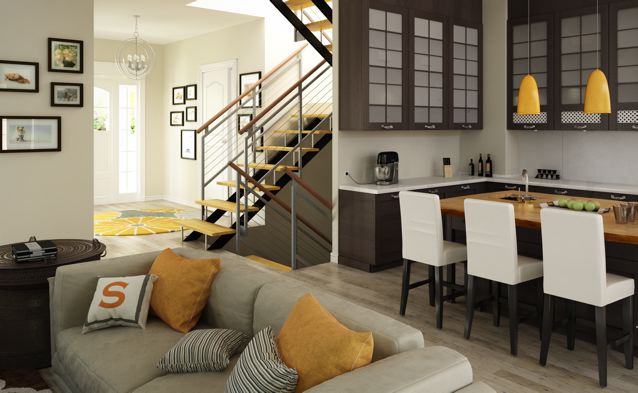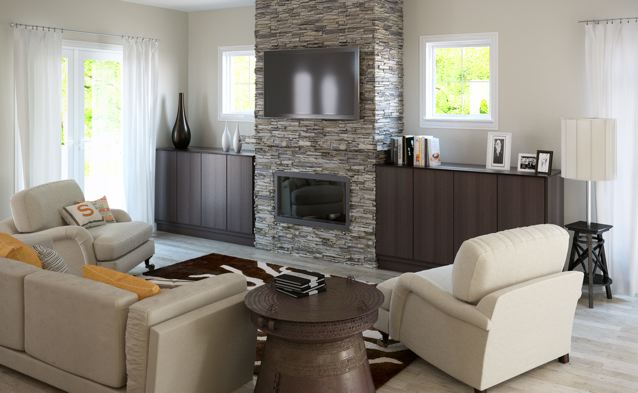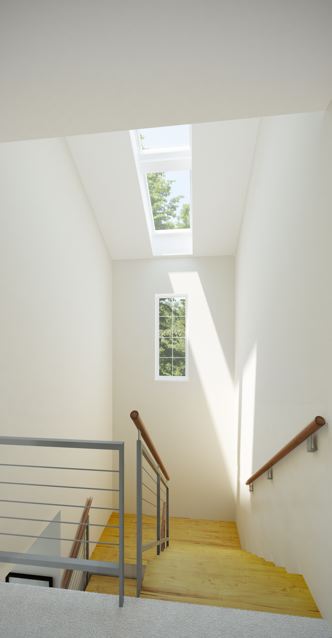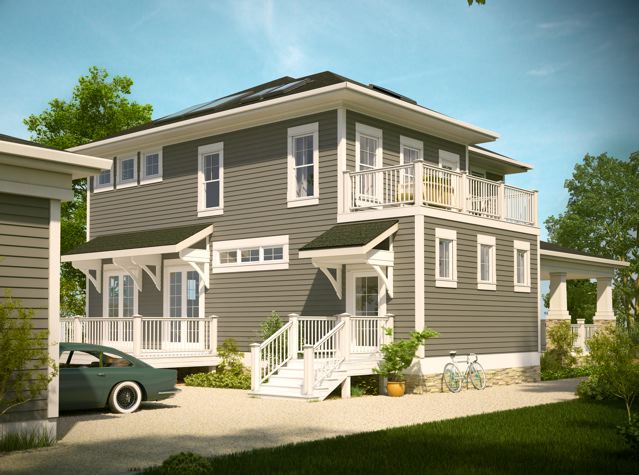
An innovative sustainable building project near St. Louis, Missouri, has been certified as the first Active House in North America.
Not to be confused with a Passive House designation, an Active House is one that incorporates a comprehensive, exceptionally-green design both inside and out.
Designed by Jeff Day Architect, and built by Hibbs Homes & Verdatek Solutions, the Smith house in Webster Groves, Missouri, is an industry-innovating sustainable home that is the first in North America to be certified to the Active House Alliance standards. The home is also certified for Energy STAR, ANSI ICC-700, Builder’s Challenge Home, EPA Indoor Air Quality, and EPA Water Sense metrics.

A culmination of the leading green, sustainable, and environmentally-conscious building practices from around the world and in the U.S., Active House takes a unique and holistic approach to sustainable and environmentally conscious home construction and design.
Other homes have been built internationally under the Active House umbrella, utilizing Active House specifications, in countries such as Portugal, Austria, Norway, United Kingdom, Italy, Netherlands, and Russia.

The Active House standard was created by window manufacturer, Velux, to provide an alternative vision of sustainable housing – one that includes more windows than a typical Passive House.
Active House uses state of art energy-efficient materials, design techniques and building practices that rely on renewable resources from design to construction and through the life of the home.
Energy efficiency in the Smith home is made possible by solar orientation, solar energy collectors, airtight building envelope, HVAC and water heating design, use of daylight, and natural ventilation.
Passive House versus Active House
Both Passive House and Active House models are sustainable and environmentally-friendly. The difference is that Passive House focuses on conserving energy through a combination of air-tight building materials, superinsulation, advanced window technology and designing the house to achieve maximum solar gain, resulting in ultra-low energy buildings that require little energy for space heating or cooling. Even the expected body heat of the building occupants is factored into the calculations.
Instead of focusing on environmentally-friendly ways to produce energy, passive houses cut the need for energy consumption in the first place—by as much as 90 per cent compared with the average home.
Active House takes an innovative approach to energy efficiency, indoor air quality, and interaction with the surrounding environment.

While most of the green building standards concern materials and building processes, Active House standards are the first to account for those, while primarily focusing on what happens when the homeowners take up residence.
The immediate goal is to provide the homeowner with a cost-effective and easy to operate and maintain living space, that creates healthier and more comfortable lives for their occupants without impacting the climate.
In short, Passive House has a singular focus on energy efficiency, while the Active House expands the focus to quality of life issues, such as indoor air quality, fresh air, and natural sunlight.

Web: www.activehouseusa.com